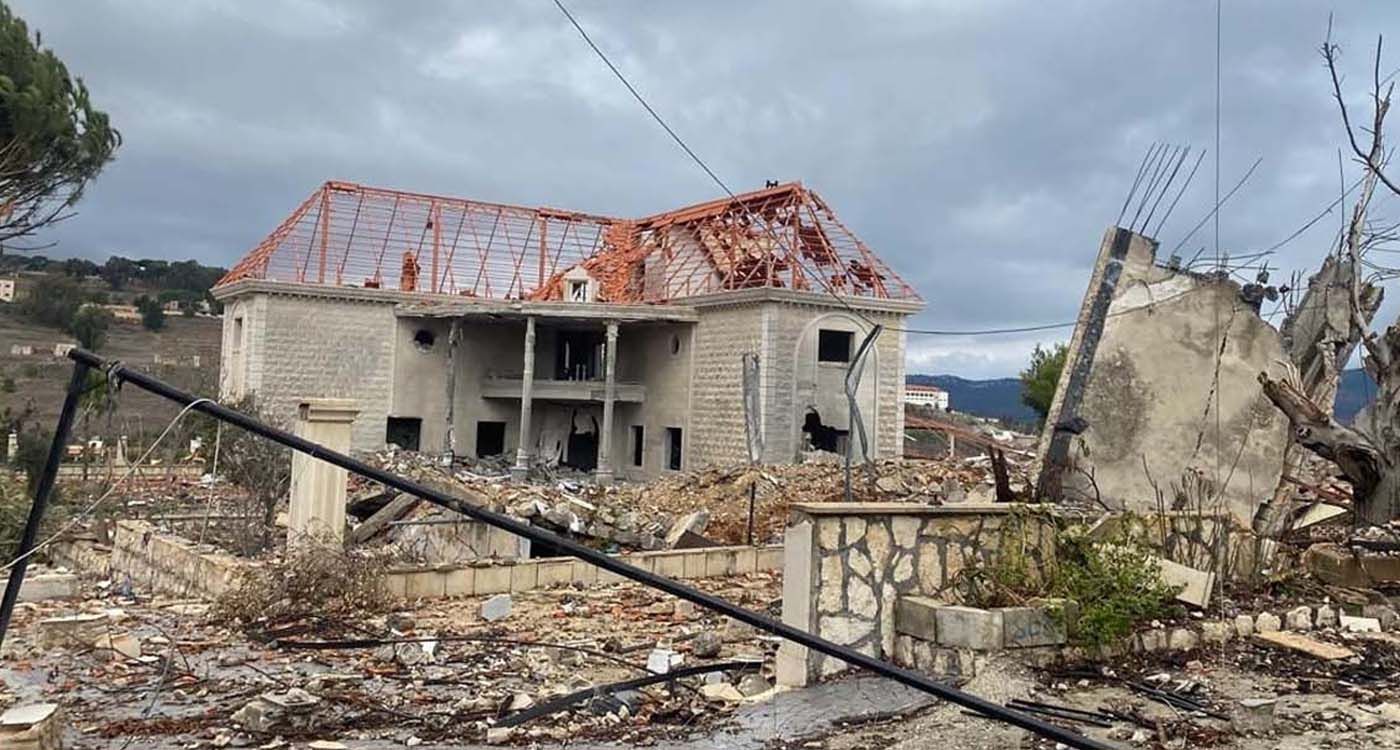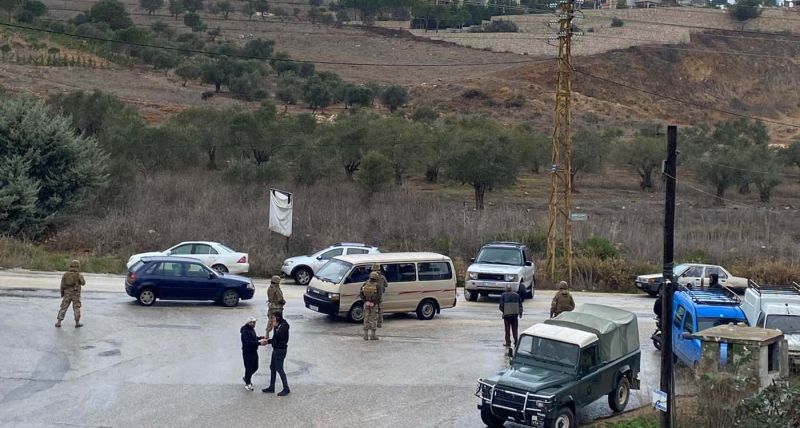
Barely had the ceasefire between Hezbollah and Israel taken effect at 4 AM on Wednesday that thousands of displaced Lebanese set out, eager — or hoping — to return to their homes. The wait had been extremely long, and the impatience palpable. On the road home, a blend of anxiety, anticipation and hope hung in the air. What would they find upon arrival?
The journey seemed endless. Some were relieved to find their homes intact, while others faced the heart-wrenching reality of total devastation, forcing them to turn back, their hopes shattered.
In southern Lebanon, the destruction is huge. Villages that once thrived with life now lie in silence. Many homes have been reduced to ashes, roads are in ruins and fields abandoned.
On the ground, emotions are a painful mixture of nostalgia, anxiety and anger. The scars of war are etched into the landscape and the hearts of the survivors. Zeinab, whose home was demolished by Israeli airstrikes a year ago, had given up hope of finding a shelter. Like countless others in southern Lebanon, her long-awaited return is marked by profound challenges and searing emotions.
“Coming back here after a year is a shock. I found my house, but it’s now in ruins. Every room holds memories, and seeing it all destroyed shatters my heart. How can anyone rebuild a life from this chaos?” sighs Yasmina, tears in her eyes.
“I finally made it back to my village, Khiam, after a year and two months of intense fighting, sneaking in on a friend’s motorcycle. When I returned, I was overwhelmed with nostalgia. Every street corner brought back memories of my childhood, but everything is destroyed. My shop is gone. All that’s left of my house are the ruins. It was our refuge, and now, nothing remains. I’ve come back to a place that no longer exists. I cried. It was heartbreaking. Rebuilding will be a struggle, but I’m ready to fight,” Sleiman says with a heavy heart.
The return of displaced people to the devastated border villages — Kfar Kila, Khiam, Taybeh, Odaisseh, and Mays al-Jabal — presents numerous challenges, further complicated by the presence of the Israeli Army in the region. “It's hard to describe what I'm feeling. The sounds of war still echo in my head. Seeing these ruins stirs up immense anger and sorrow. All that's left are scattered memories and tears,” says Aida, her lips shaking with the cold.
The Challenges of Return
The Lebanese Army has enforced strict measures, preventing the return of residents to Khiam and other border villages like Kfar Kila, Odaisseh, and Mays al-Jabal, citing security concerns due to the presence of the Israeli military in the area.
Basic infrastructure in these villages has been largely destroyed. Access to essential services such as drinking water, healthcare and electricity will remain limited for an extended period. Additionally, the persistent fear of a potential new escalation casts a heavy shadow over the returnees.
Despite these hardships, the residents exhibit unwavering determination, though the immense challenges of reconstruction weigh heavily on their minds. “It will take time to heal the wounds and scars of war, but I believe in the strength of our community. Together, we will rebuild,” says Siham, a resident of Marjayoun, her eyes filled with hope.
The rebuilding process will be long, and many families must rely on temporary shelters or the solidarity of local communities. The needs are immense, and while humanitarian aid is present, it remains insufficient to address the full scope of the crisis, hindered by logistical difficulties. “The war has taken everything from us, but I still hold on to the hope that we will rebuild our lives here,” she adds.




Comments